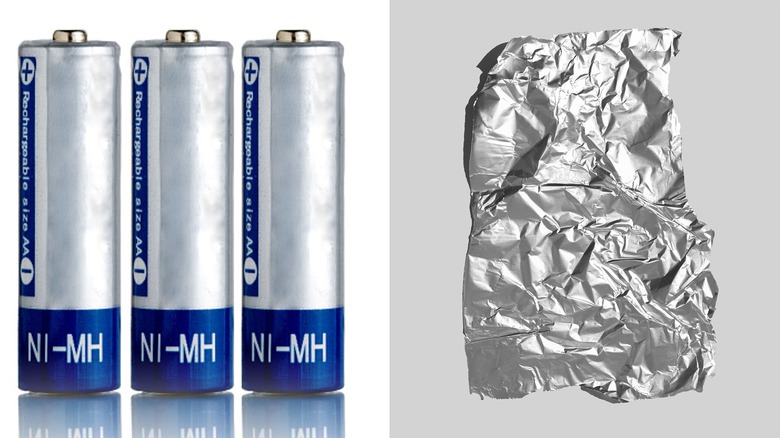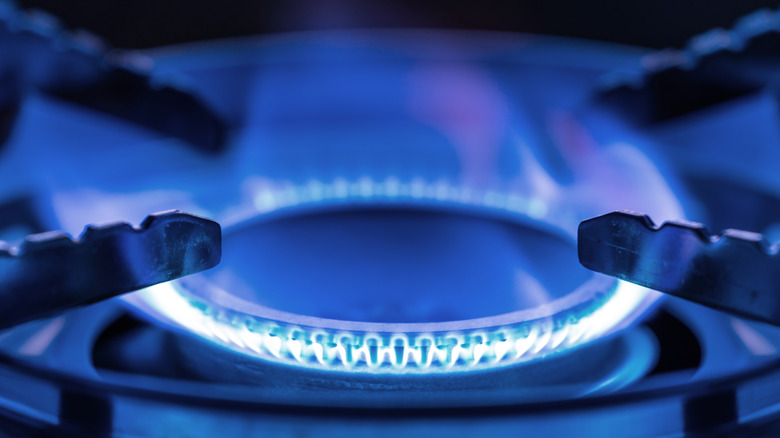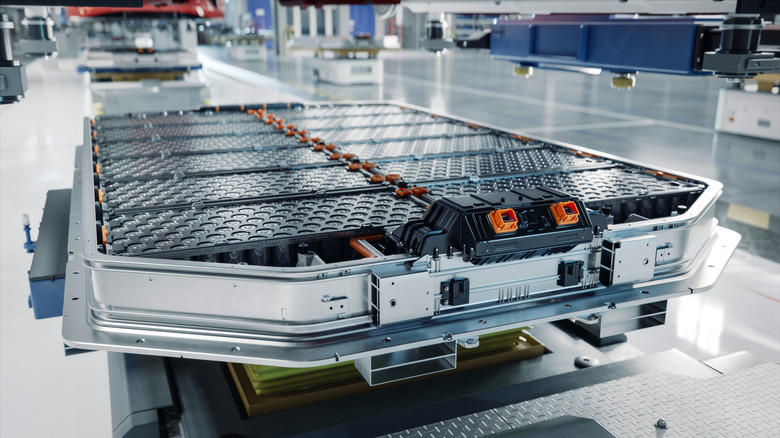Researchers Have Found A New Way To Recycle Batteries, And It Involves Old Aluminum Foil
Believe it or not, the first battery was built in 1800 by Alessandro Volta of Italy. While very basic, consisting of copper discs, a cloth saturated with salt water, and zinc, it was a proof of concept. Because of advancements in batteries over the last sixty years, the technology Star Trek predicted accurately all those years ago is a reality today. However, our means of recycling used batteries has been sorely lacking, but things may be about to change.
The Technical University of Vienna has developed a means of combating the ever-growing environmental issue of discarded batteries. Researchers have identified a way to take CO2 and hydrogen, and transform it into methane. This process takes battery waste and aluminum foil residue, creating a microscopic catalyst (something that enhances the rate of a chemical reaction), to transform the greenhouse gas into something beneficial. The team was also able to recapture nickel from used nickel-metal hydride (Ni-MH) batteries, which is a finite resource.
How methane can be used as a renewable source of energy
Methane, is both a naturally occurring substance as well as a byproduct of certain industries, like waste management (landfills), agriculture, and coal production. It's also the main ingredient in natural gas. Natural gas can be used to power certain appliances such as gas ranges, HVAC systems, and more. Once the battery recycling process can be accomplished on a large scale, the methane byproduct could be utilized potentially as a cleaner industrial power source.
In fact, there are projects already underway using methane as fuel. The Landfill Methane Outreach Program (LMOP) is a joint effort between the EPA and several landfill sites which capture methane from decomposition and use it to create power. Considering, landfills account for 17.1 percent of U.S. human-generated methane emissions, per the EPA, there is an ample supply from which to draw energy.
Using massive diesel engines specially modified to run on methane, these refuse sites can power their operations, instead of paying for methane flaring, which is a process of burning excess gas. It's estimated that if every landfill capable of utilizing this method of generating energy participated, more than 500,000 homes in the U.S. could be powered, per the EPA as reported by The University of Miami. Natural methane emissions aren't only common on Earth but throughout the universe, and contributed to strange red lights NASA spotted with the James Webb Telescope.
Why recaptured nickel from used batteries is important for EVs
Electric cars have gained more traction than ever before, with Market Watch reporting 1.7 million EV vehicles were sold in 2024. However, contrary to some of the marketing from automakers, these vehicles aren't pollution free. In fact, battery-powered cars contribute to e-waste problems in a significant way, not to mention the number of non-renewable resources required to make lithium-ion batteries.
According to the research at the Technical University of Vienna, extracting nickel from used European Ni-MH batteries and scrap, could offer approximately 16 percent of the total required by 2030, providing enough material for up to 2.4 million electric vehicles each year. However, recycling capacity isn't yet to a point where a meaningful impact can be made without some additional framework which can scale up operations.
According to Natural Resources Canada, lithium-ion batteries used in electric vehicles represented 13 percent of the world's nickel usage in 2023, and if interest in EVs continues, will surely increase. Fortunately, with new battery recycling techniques on the horizon, perhaps eventually e-waste can become a thing of the past.


